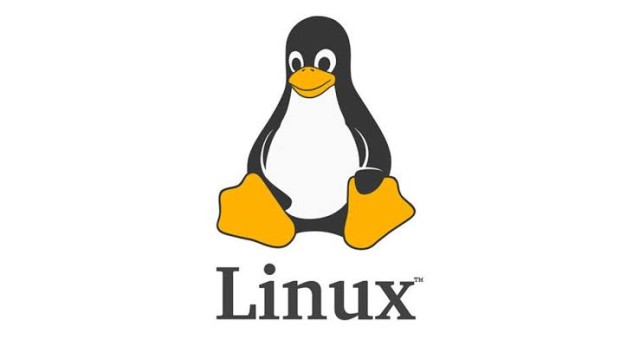As desktop computing continues to evolve, an unexpected contender is making significant strides in the operating system landscape: Linux. With its market share reaching over 4% for the first time, desktop Linux is gaining traction among users worldwide. This surge in popularity is attributed to various factors, including shifts in industry dynamics, advancements in gaming support, and improved user experience. Join us as we explore the five key reasons behind the growing prominence of desktop Linux in today's computing landscape.
1. Shift in Microsoft's Focus: Microsoft's primary revenue streams have shifted from traditional desktop Windows licenses to cloud-based services like Azure and Microsoft 365. As a result, the company is less focused on promoting Windows as a standalone product, opening doors for alternative operating systems like Linux.
2. Rise of Linux Gaming: The Linux gaming community is experiencing steady growth, thanks in part to platforms like Steam making more games available for Linux users. With an increasing number of titles being optimized for Linux, gamers are finding Linux-based systems more appealing for their gaming needs.
3. Ease of Use: Contrary to popular belief, many Linux distributions now offer user-friendly interfaces and streamlined installation processes. Distributions like Linux Mint cater to beginners and provide a smooth transition for users accustomed to other operating systems, making Linux more accessible to a wider audience.
4. Simplified Software Installation: Containerized application installation programs such as Flatpak, Snap, and AppImage have simplified the process of finding and installing software on Linux. These platforms offer a wide selection of applications that are compatible across various Linux distributions, eliminating compatibility concerns for users.
5. Growing Popularity in Emerging Markets: Countries like India, with a rapidly expanding economy, are seeing a surge in desktop Linux adoption. Linux holds the second position in India's operating system market, reflecting its increasing popularity and widespread use among users looking for cost-effective and versatile computing solutions.
In conclusion, a combination of factors including shifts in industry dynamics, advancements in gaming support, improved user experience, streamlined software distribution, and growing adoption in emerging markets is driving the increasing popularity of desktop Linux worldwide.































Comment: